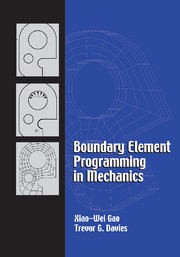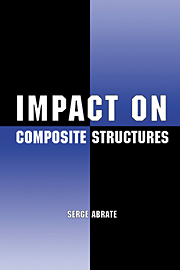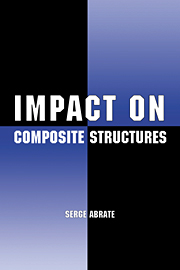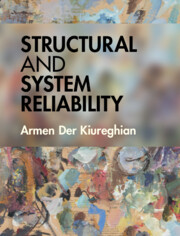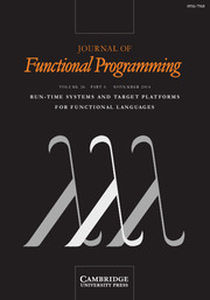Boundary Element Programming in Mechanics
Nonlinear stress analysis (a branch of solid mechanics) is an essential feature in the design of such diverse structures as aircraft, bridges, machines, and dams. Computational techniques have become vital tools in dealing with the complex, time-consuming problems associated with nonlinear stress analysis. Although finite element techniques are widely used, boundary element methods (BEM) offer a powerful alternative, especially in tackling problems of three-dimensional plasticity. This 2002 book describes the application of BEM in solid mechanics, beginning with basic theory and then explaining the numerical implementation of BEM in nonlinear stress analysis. The authors have also developed a BEM source code for use by the reader, which is available on the book's companion website. This book will be especially useful to stress analysts in industry, research workers in the field of computational plasticity, and postgraduate students taking courses in engineering mechanics.
- Authors are internationally respected authorities on BEM
- Was the first book to describe the application of boundary element methods (BEM) in solid mechanics
Reviews & endorsements
"This is a really excellent textbook as well as a reference book on the numerical implementation and computer programming of the direct boundary element method as applied to two and three-dimensional problems of linear elasticity and nonlinear elastoplasticity...The book succeeds completely relative to the author's stated aims and the subject matter. As a matter of fact, the book can be the ideal vehicle to teach the boundary element method to engineers who want the theory to go hand-in-hand with the numerical implementation and are not so much interested in mathematical details. Thus, the book can be used either as an ideal introductory text on boundary elements, in general, or as a specialized book on boundary element methods in plasticity...Boundary Element Programming in Mechanics is highly recommended for purchase by both individuals and libraries." Applied Mechanics Reviews
Product details
July 2011Paperback
9781107400252
272 pages
254 × 178 × 15 mm
0.48kg
Available
Table of Contents
- Preface
- Part I. Linear Problems:
- 1. Introduction
- 2. Theory of elasticity
- 3. Boundary integral equations for elasticity
- 4. Numerical implementation
- 5. The elastic program code
- 6. Linear applications
- Part II. Non-Linear Problems:
- 7. Rate-independent plasticity theory
- 8. Boundary integral equations in elasto-plasticity
- 9. Numerical implementation
- 10. The elasto-plastic program code
- 11. Non-linear applications
- 12. Epilogue
- Appendices: A. Derivation of the kernel functions
- B. Shape functions
- C. Degenerate elements
- D. Elasto-plastic flow theory
- E. Domain integral formulations
- F. Solution of non-linear system equations
- G. Elements of elasto-plasticity
- H. Description of input data.

